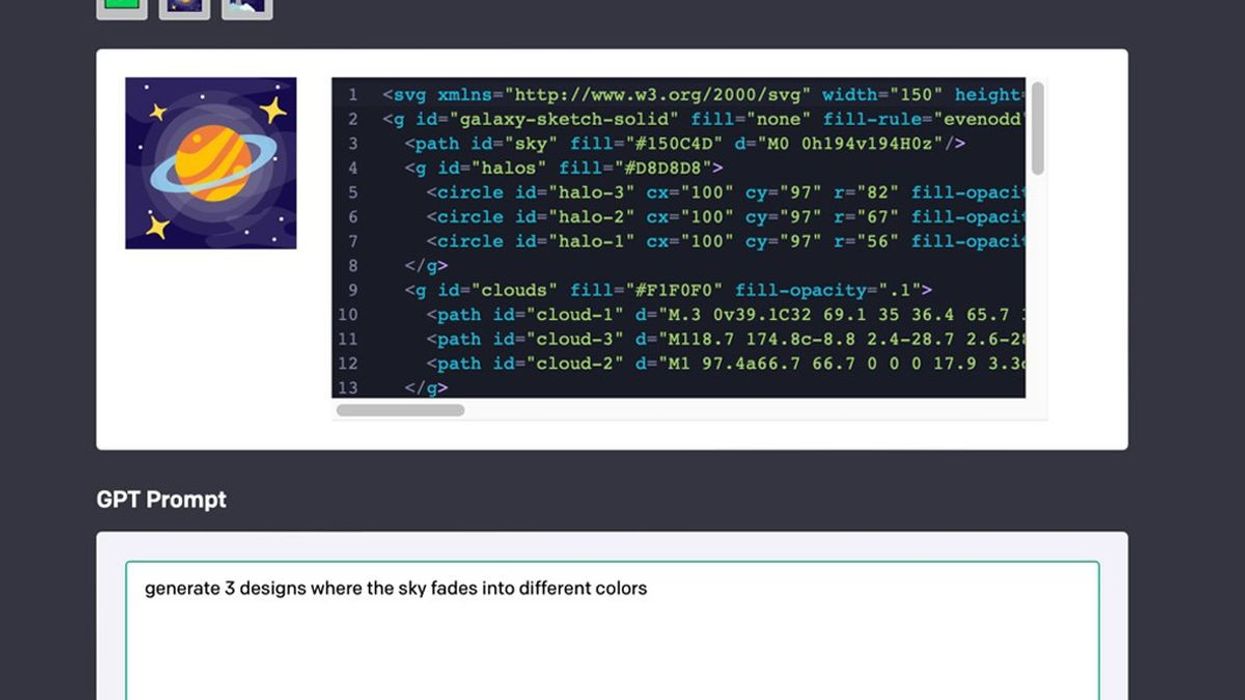Instantly Animate Your Photos with Apple’s AI Keyframer Tool
Apple has unveiled Keyframer, a prototype generative AI animation that will be able to add motion to your 2D images with simple text prompts.

Apple Keyframer AI tool
In some ways, the AI revolution has slowed down a bit as of late. Two of the top generative AI tools, Runway and Pika Labs, have seemed to settle into their latest versions and users are beginning to learn the ropes with the current workflows and capabilities.
However, the biggest changes in the industry are still to come as the biggest names are just now joining. Google’s Lumiere tool is on the way, Meta is getting into the game, and now we have Apple teasing their new prototype generative AI animation tool Keyframer.
For film and video pros (specifically video editors and motion designers), this Keyframer tool might end up being one of the biggest stories of 2024. Let’s take a look at Apple’s new AI play and explore what it might eventually offer in the realm of 2D image motion and animation.
Apple Keyframer AI
Announced via a research paper published on February 8th, Apple has shared that their goal with the tool is to explore how large language models can work within the confines of writing and image generation. They have other examples in their research as well, but this one appears to be the biggest one coming to fruition.
Apple’s Keyframer tool will use OpenAI’s GPT4 as its base model, where it will then take Scalable Vector Graphic files (an illustration format that’s easy to resize) and use them to generate CSS code that gives a script on how an image will be animated—all based on a text prompt.
In practice, this most likely will work very similarly to how other generative AI tools like Midjourney or Runway work where a text-based prompt is given to the AI and an image is generated, which can then be tinkered with as other prompts are given again and again.

Apple Keyframer AI
Apple
2D Animation Made Easy
This technology could be a major revolutionary force in the world of 2D (and eventually 3D) animation. The research paper teases that the tool already is capable of allowing users to upload an image, type in a prompt like “make the trees sway,” in the prompt box, and a simple 2D animation will be added to the image.
However, Keyframer will most likely be much more than this as it will allow for the adjusting of many different properties like color codes and animation durations. Users won’t need any coding experience either as everything will be customizable, and easy-to-use, within the tool itself.
It’s of course very likely, if Keyframer is a hit, that the animation sophistication and time limits will increase quickly as the animation themselves will evolve to be more dynamic. This means that the first thresholds holding back AI animation, on a larger scale, are queued up to cross here soon.
- Meta Introducing Its Own Generative AI with Emu Video and Emu Edit ›
- AI Face Tracking Data for 3D Animation Takes Major Step Forward ›
- AI Video Editor Dreamix Brings Generated Video Closer to Reality ›
- Warner Bros. Animation President Promises to “Protect the Artists” Against AI ›
- Direct Your Own AI Stories with Pika Lab’s Idea-to-Video Platform ›
- Former DreamWorks CEO Thinks AI Could Cut 90% of Animation Jobs ›
- 10 Free AI Animation Tools to Bring Your Images to Life ›
- What's Going on With Apple's New AI Features? | No Film School ›
















